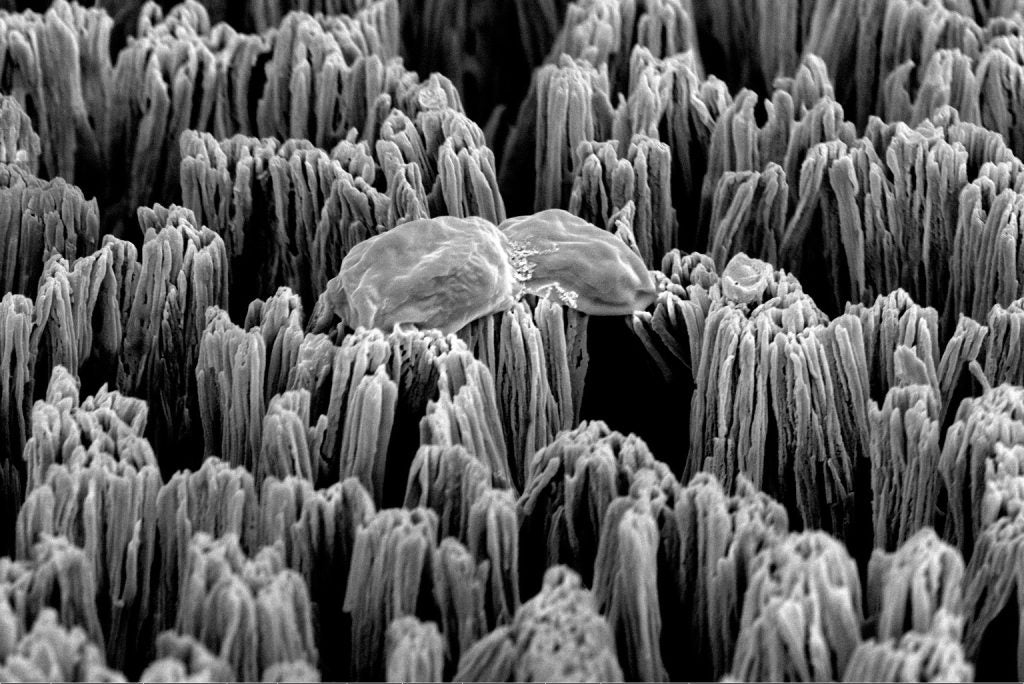
Superbugs could soon have to contend with a new form of infection control after a helping hand from bugs of another kind, a recent study shows. Research published in Advanced Materials Interfaces has indicated surfaces designed with microscale spikes – inspired by similar structures found on the wings of insects – are effective in combatting drug-resistant fungi.
The team of researchers at the Royal Melbourne Institute of Technology (RMIT) in Melbourne, Australia took inspiration from the pathogen defence solution in insects to design a surface that can be etched into titanium medical implants.

US Tariffs are shifting - will you react or anticipate?
Don’t let policy changes catch you off guard. Stay proactive with real-time data and expert analysis.
By GlobalDataInsects like dragonflies have blunted spikes called nanopillars embedded in their wings. The structures are of similar size to bacteria and kill pathogens by popping the cells.
The team at RMIT University created its own micro-pillared titanium surface and compared the difference in attachment rates of different species of fungi to a normal titanium surface.
A three-fold reduction was observed in Candida albicans, and a ten-fold reduction in attachment was observed for Candida auris cells. Whilst the researchers did note increases of cell density on the spikes after a week, the number of viable cells was significantly reduced – meaning cells were not able to proliferate and form biofilms.

Dr Denver Linklater, from RMIT’s School of Science and lead researcher of the study, said: “The Candida cells that were injured underwent extensive metabolic stress, preventing the process where they reproduce to create a deadly fungal biofilm, even after seven days.”
“They were unable to be revived in a non-stress environment and eventually shut down in a process known as apoptosis or programmed cell death.”
The findings may unlock a novel avenue to target drug-resistant superbugs. Currently, antimicrobial coatings are applied to implants to prevent infections. However, many bacteria and fungi have developed resistance to antibiotics and chemicals respectively. Candida is one such example, being one of the most common causes of fungal infections in humans. It is a highly adaptable microorganism, with the US Centers for Disease Control and Prevention saying Candida auris is a growing threat.
Professor Elena Ivanova, leader of RMIT’s Multifunctional Mechano-biocidal Materials Research Group said: “The fact that cells died after initial contact with the surface – some by being ruptured and others by programmed cell death soon after – suggests that resistance to these surfaces will not be developed.”
“This new surface modification technique could have potential applications in medical devices but could also be easily tweaked for dental applications or for other materials like stainless steel benches used in food production and agriculture.”







